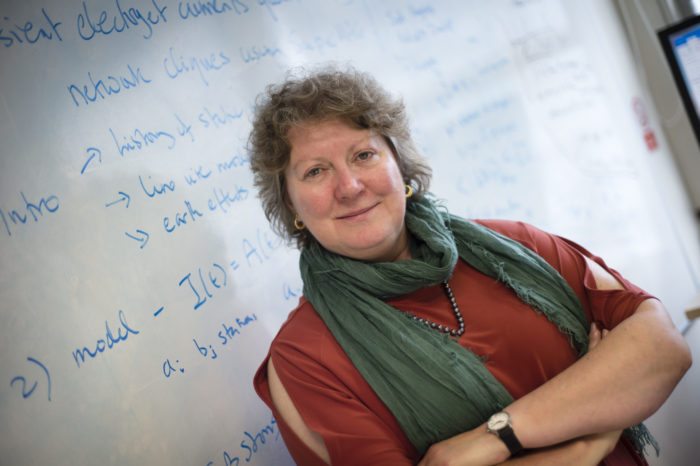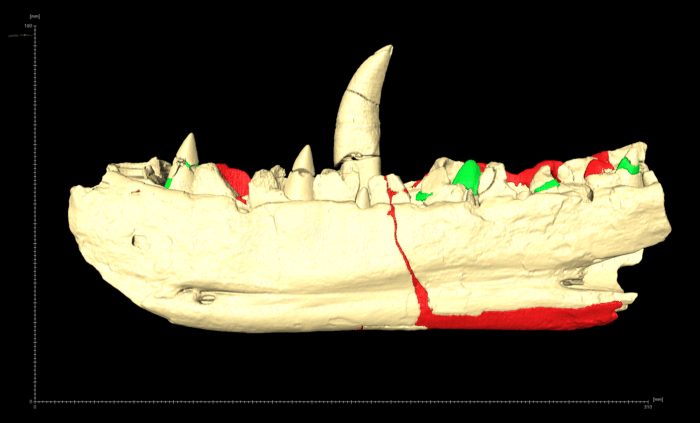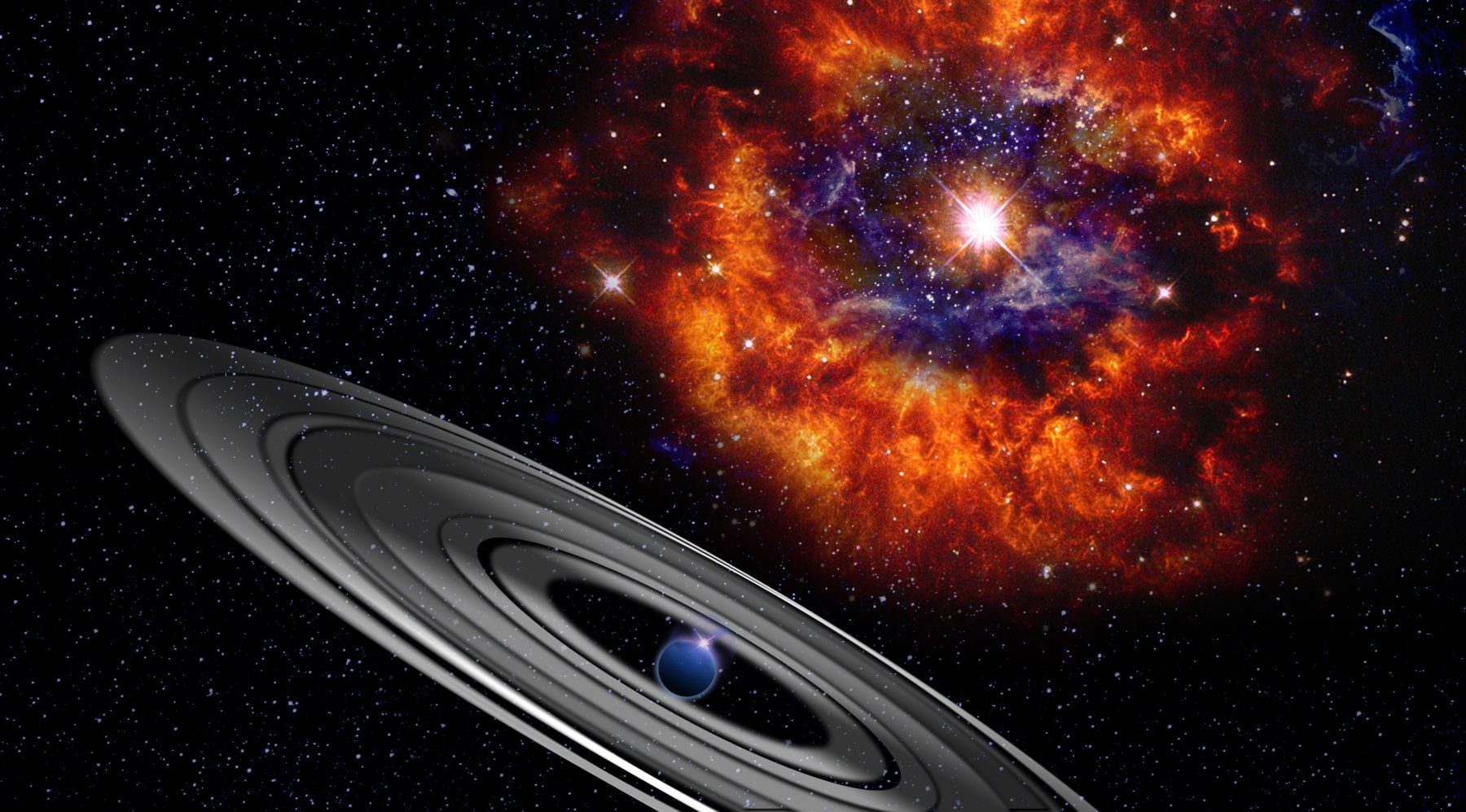Research round-up – 29/07/17
John Butler talks through the research that has been happening on campus over the last couple of weeks.
Fulbright Scholarship
An academic from Warwick’s Department of Physics has been awarded a prestigious scholarship to work across the Atlantic at Boston University, conducting research into space weather. Professor Sandra Chapman joins 44 others who are receiving 2017-18 Fulbright Lloyds of London Scholar Awards.
The program’s scholars range from secondary school students to academics and other professionals, one of which was the famed writer, Sylvia Plath.
The Fulbright Commission was founded in 1948 to foster intercultural understanding between the UK and USA through educational exchange; since then over 27,000 people have taken part in exchanges between the two countries. The program’s scholars range from secondary school students to academics and other professionals, one of which was the famed writer, Sylvia Plath.
Upon receipt of the scholarship, Professor Chapman said: “The effects of space weather on our planet and on our daily lives are becoming ever more important as our world become more interconnected – and my work will use novel methods to understand and mitigate its threats to us.”

Image: Professor Sandra Chapman of the University of Warwick. Martin Neeves Photography, Warwick Media Library
Giant ringed planet
In more good news for the Physics Department, Warwick researchers leading and international team of astronomers may have discovered the first giant ring system with a known orbital period. The research uses data from the Wide Angle Search for Planets (WASP) and Kilodegree Extremely Little Telescope (KELT) to predict the existence of an as-yet undiscovered planet based upon the unusual light curve of a distant star in the Orion constellation named PDS 110.
The next eclipse is due to occur in September this year, and will be observable across the world for both amateur and professional astronomers…
The team found that the light from the star was reduced by to thirty percent of its normal brightness every two and a half years for a duration of roughly two to three weeks, meaning a large object must be getting in the way. What’s more, the next eclipse is due to occur in September this year, and will be observable across the world for both amateur and professional astronomers due to the star’s brightness.
Due to the rapid change of the star’s light during eclipses, the team thinks that the eclipsing object has rings that are much bigger than the rings around our Solar System companion Saturn. The research, whose lead author is Warwick’s Hugh Osborn, is due to be published in the Monthly Notices of the Royal Astronomical Society.
Education apps
An educational app developed as part of a Warwick PhD student’s research has been used to demonstrate how mobile phone apps can aid education in developing countries. Dr Mmaki Jantjies, who is now part of the University of the Western Cape in South Africa, found that his app, M-Thuto, helped to bridge the language barrier between English and Setswana when learning about maths and science, with pupils reporting that the app allowed them to better retain the information they were being taught.
Often a lack of learning resources in developing countries such as South Africa can cause students to be held back in their learning, but with increasingly accessible mobile data networks, mobile phones could be the key to bucking this trend. On his research, Dr Jantjies commented: “The study reflects on the important role of education technology in supporting to address contextual challenges such as language barriers.”
Dinosaur teeth

Image: Warwick Media Library
Research by Warwick Manufacturing Group (WMG) in collaboration with the University of Oxford’s Museum of Natural History has discovered five previously unknown teeth in the jawbone of a Jurassic-age dinosaur, the Megalosaurus. As well as this new discovery, the study also showed the nature of previous repairs on the fossil.
Professor Mark Williams of WMG utilised CT scans and 3-D analysis usually used in aerospace and automotive engineering…
The Megalosaurus was a carnivorous dinosaur that lived around 167 million years ago. Weighing in at 1.4 tonnes, the creature definitely deserved its name, which is translated as ‘Great Lizard’ in English.
Professor Mark Williams of WMG utilised CT scans and 3-D analysis usually used in aerospace and automotive engineering to learn more about the fossil and its history. Talking about his work, Professor Williams said: ““When I was growing up I was fascinated with dinosaurs and clearly remember seeing pictures of the Megalosaurus jaw in books that I read. Having access to and scanning the real thing was an incredible experience.”
The jawbone can be seen at the Oxford University Museum of Natural History.

Comments